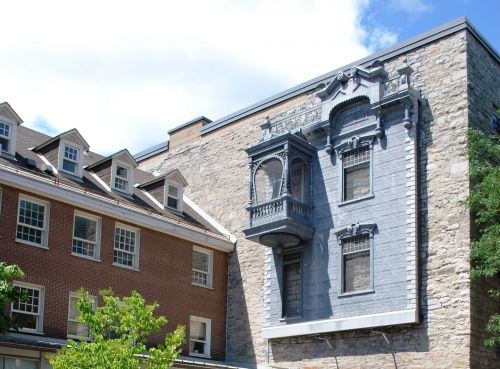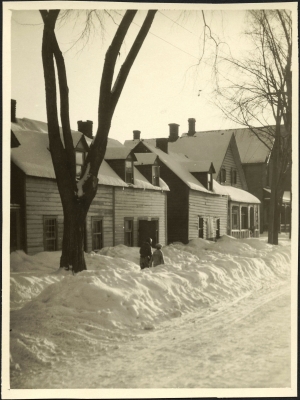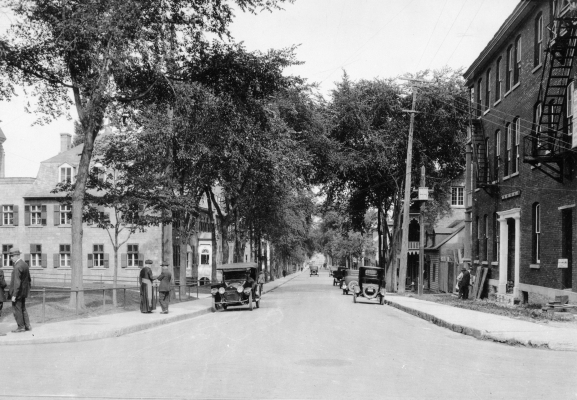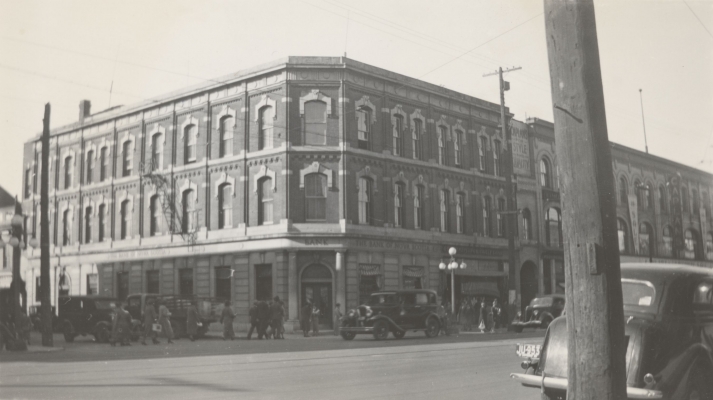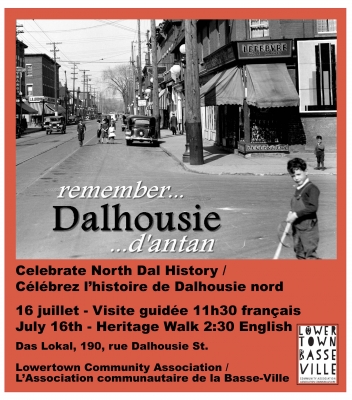The 1850s are critical to the history of French life in the capital. The timber trade has established many French-speaking artisans and workers, along with their families, in Bytown. In 1855, the town is promoted to the rank of city. Two years later, a new development attracts French Canadians: Queen Victoria selects Bytown, which now responds to the new name of Ottawa, as Canada’s capital city.
The years that follow are Lowertown’s “Golden Age”. Artisans, carpenters, masons, tinsmiths and others converge on Ottawa to construct the buildings that will house the government. The city’s population increases, and the neighbourhood buzzes with activity. Shops are refurbished. The ByWard Market grows. In the background, the city continues to densify in the shadow of the towers of Notre-Dame Church, promoted to cathedral in 1847. The neighbourhood is home to half the population of Ottawa at the turn of the 1870s. In 1871, Francophones account for 52.5% of this population, a percentage that climbs to 71.5% by 1901.
With Ottawa continuing to industrialize, Lowertown rapidly evolves into what will become a working-class neighbourhood, housing mostly tenants for nearly a century. A census conducted in 1862 and 1863 on Murray and St. Patrick streets, considered microcosms of Lowertown, reveals that only 33 of the 185 residents own their homes. Two-thirds of them are workers. The Crown does still own numerous lots in the area, which are later sold. Bishop Guigues, owner of much of the land to the north of St. Patrick Street, also sells several lots. More affluent Francophones settle in the neighbourhood, making Francophone Lowertown a diversified environment where doctors, lawyers, civil servants and merchants also reside. Several emblematic institutions of French life in the capital are established there, including the Institut canadien-français, which celebrates its 150th anniversary in 2002.
The vast urban renewal project of the 1960s eliminates many witnesses to the golden years of French life in Lowertown. The buildings that remain are concentrated in the western portion of the neighbourhood. Initiatives such as the annual Jane’s Walks, named in honour of the American activist Jane Jacobs, remind us each May that Lowertown was once the heart and lungs of French life in Ottawa.
View of the rear of the Collège Larocque-Lafortune, now the Tin House Court, Ottawa, August 8, 2011. The Tin House, located in the ByWard Market, is an imposing building of stone, and a privileged witness to Francophone history in the neighbourhood. Photo: Concierge.2C - Personal work.
Source : CC BY-SA 3.0.Wikimedia Commons, Ottawa_-_Collège_Larocque-Lafortune.
